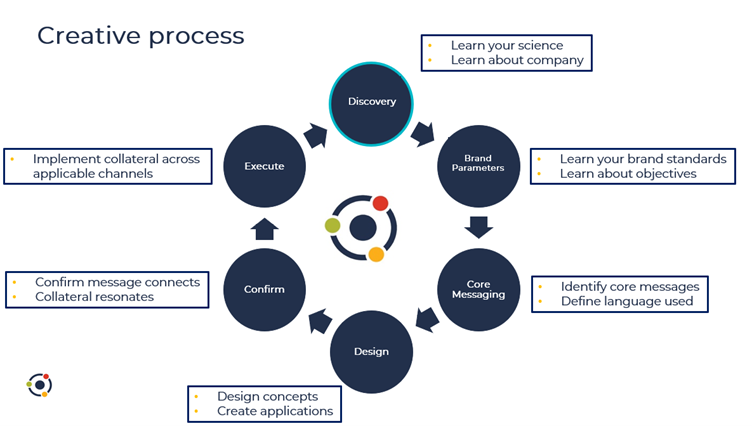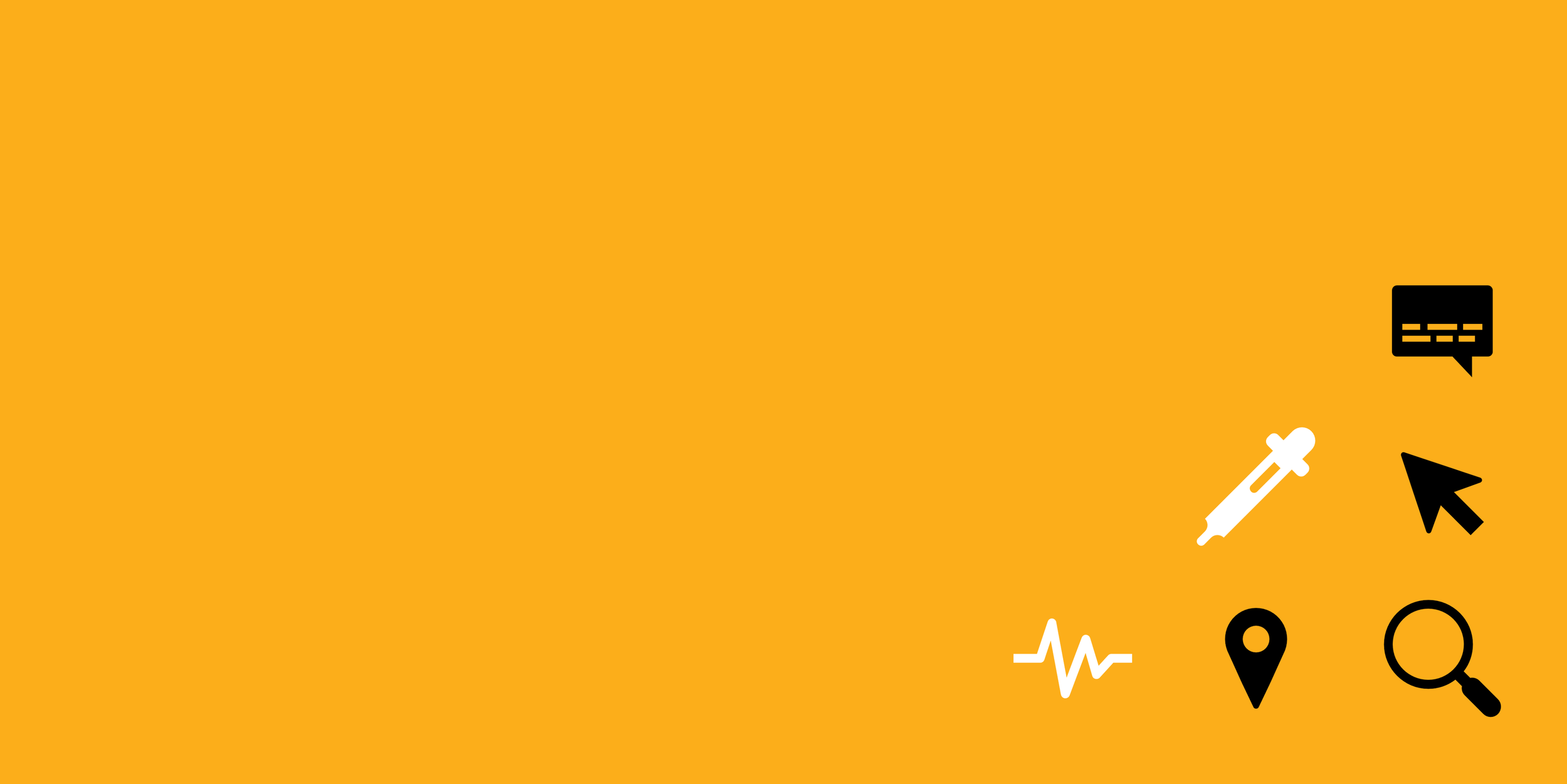Creative Design: Ideas for Pharma
Creative design sits in the middle of every B2B pharma campaign.
You have a great product you sell, however, how to convey your message and get it across to your target audience in the best possible way?
How do you raise interest and engagement, even excitement, in your target audience?
How to stand out from the crowd?
Here are some tips and hints that you may find helpful.
Subscribe to receive weekly marketing insights
Our creative process starts with learning as much as we can about your company and the science behind your products and your target audience. Once we have done that we move to your brand standards and marketing objectives which in turn helps us identify and define the core messages and language that should be used in the new creative assets.
A selection of design concepts follows from all the previous groundwork that we have done and these often go through a number of rounds of reviews, to find the concepts that work best in various applications (various print, digital formats etc). The next steps involves usually some kind of testing of the messaging with a core group of both internal and external stakeholders, to ensure that the message resonates and connects in the intended way. Finally, when all the finetuning has been done, we start executing the new creative assets in the chosen channels for your target audience to see.
This creative process (for our pharma clients) is visualised below:
When designing creative assets the images and colour scheme are important to get right. Making sure that we use brand colours throughout, in a way that enhances the brand image in all assets that are being created. If you need new images creating, we can help in many ways: from photoshoots to digital 2D and 3D image creation.
Tone – have a little fun?
Message – what is the key message you want to get across?
Print ads
We value the intimate look and feel of a physical print magazine, which compared to its digital counterpart, is assigned more value as a product. The design result is that the messages and content presented are actually more powerful - meaning that the cost of a full-page spread will generally be higher. Full page, half page and ads in other sizes can greatly benefit the reader.
Digital ads
A call to action (CTA) is important to get right. We will ensure that throughout our concepting process we work to find the key messages and a CTA that gets people clicking.
A digital model can divert attention and resources solely on these elements, focusing on the key product offering and avoid the worry of sharing resources towards implications relating to physical printing and its associated costs. Over time, it can be assumed that a digital publication will feature higher quality articles rather than those within a print-focused publication. Digital also opens up a range of other possibilities, such as video content, that brings with it a range of additional benefits. The battle for attention, with print vs digital, is one worth reviewing.
Banners
Website banners are often best to have an animation that is interesting and gets your target audience’s attention. From a design perspective. using images where possible (depending on the size of the banner of course) also seems to work better than text-based banners - it’s far more creative, and therefore, more interesting. Enewsletter banners often tend to be static as some email clients can struggle with animated gifs displaying properly. Again, ensure you have your brand colours and your brand visible, with a strong CTA.
Social media templates are important as pharma companies are communicating more and more via social media channels, mainly LinkedIn, however, also on Facebook, Twitter and even on Instagram. We can help you create social media templates that stand out from the crowd and allow you to post various types of content (video links, event info, product launch etc.).
Freewall and some other new types of digital assets can be powerful tools to get your target audience’s attention on websites. We can help you create all kinds of digital assets – just ask!
Videos
We can help you create a number of types of videos, depending on your needs and budget. It all starts with a good script and storyboard and we will work together with you to get the tone, messaging and visual style right for you.
Please see below a range of videos - Explainer videos, MOA videos, case studies, site visits, 2D/3D - we have created for some of our clients and also some examples here.
The style of pharma videos needs to remain professional, but it doesn’t mean that they have to be boring. It’s good to show some personality and character. Example Schott Pharma receptionist videos. The SCHOTT “The Receptionist” #glasslovers video is not one of our own videos, however, it shows the versatile style that can be adopted by pharma companies. The length of the video depends on where it will be posted – shorter for social media, can be slightly longer for website/conference use.
Virtual Reality
Finally… and this one is borrowed from a previous post on increasing brand engagement at live pharma events.
In the B2B supply chain and manufacturing environments we operate within, what we really want to do is showcase our service offering, machinery and manufacturing capabilities. Of course, this isn’t always easy to do (without maxing out your entire budget). But by using VR - and creating virtual environments like your manufacturing premises and labs - you can take delegates right into the heart of your offering for a few minutes just by putting on a headset. Explore the elements that make your organisation unique - its USP - and look to take the design concept to a new level. Can you think of a better way of showcasing your service/product offering right there in the event itself? VR technology is now cheaper to adopt than ever.
For more on creative design in the pharmaceutical sectors, and how we can help you, visit our section on creative.



